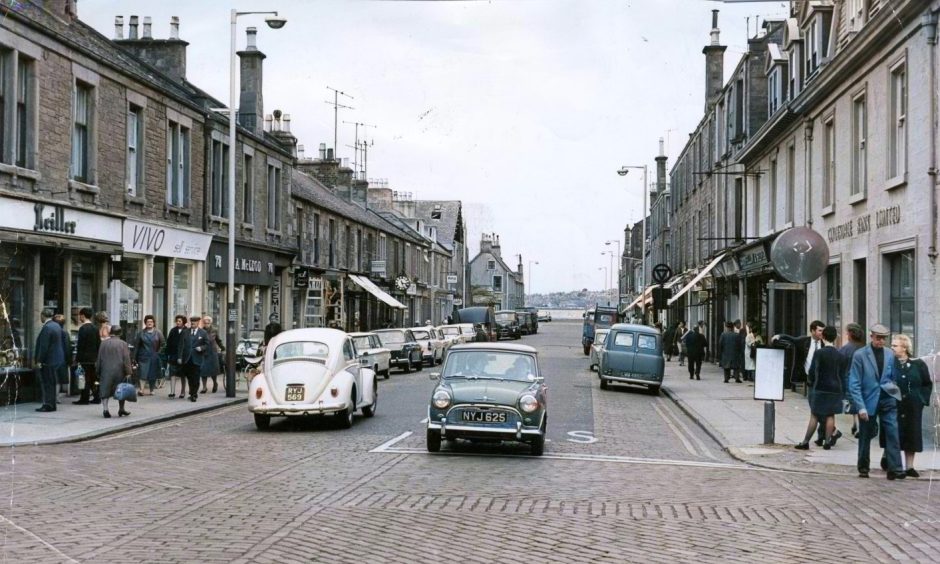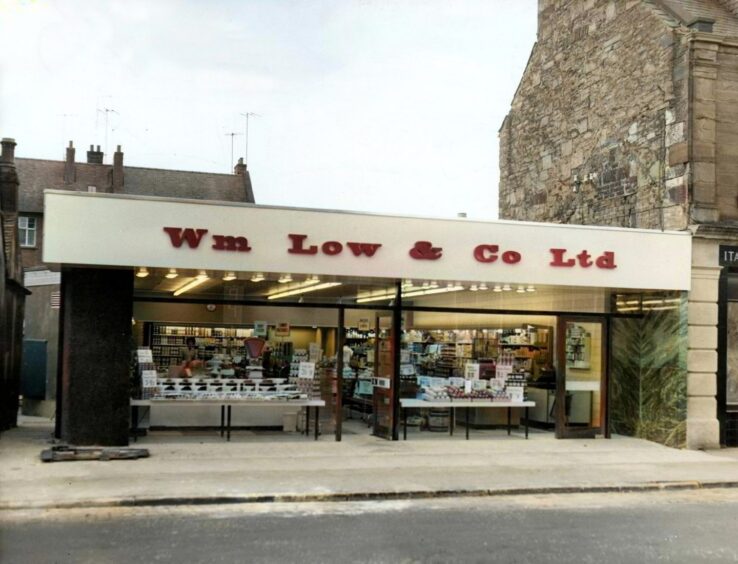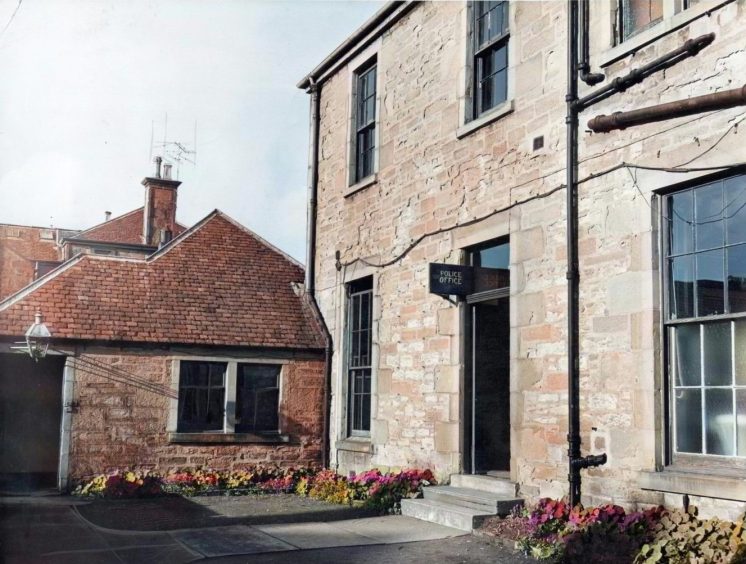
Take a tour of Broughty Ferry in the 1960s through these colour images capturing streets and everyday life.
The black and white photographs from DC Thomson’s archives have been enhanced and coloured using advanced AI technology.
Here we see them in a new light for the first time.
The rise of Broughty Ferry from a small fishing hamlet to a modern, fashionable and well-appointed town began in the first half of the 19th Century.
Visitors came to the pleasant little seaside resort for their summer holidays.
The development of Broughty Ferry was extremely rapid following the opening of the Dundee and Arbroath Railway in October 1838.
Many business people in Dundee began to find it much more pleasant to live in Broughty Ferry than in the city amid the forest of belching chimneys.
While their factories in Dundee were driving industry, many jute barons built extravagant homes in what was once one of the richest suburbs in Europe.
Broughty Ferry has grown apace since then.
The collection of pictures ranges from youngsters playing in parks to the shops of yesteryear and street scenes where little has altered in six decades.
So how did Broughty Ferry look in the Swinging Sixties?
West Sands
The shifting sands of Broughty Ferry.
This view along the seafront esplanade and Broughty Ferry beach showing sand piled at the junction with Brook Street was taken in March 1960.
Has much changed at all since this picture was taken?
Castle Green
This cold metal structure which was known as the igloo climbing frame probably wouldn’t pass modern health and safety standards.
The children’s playground and paddling pool at Castle Green cost £2,600 and was voted through by Dundee Corporation in 1954.
It has been a popular and permanent fixture in the Ferry ever since.
Broughty Ferry harbour
An aerial view of Broughty Ferry harbour in May 1961 where thousands of people were gathered as the Duchess of Kent named a new lifeboat.
The Robert replaced the Mona which was lost with its crew of eight while attempting to rescue the North Carr lighthouse in December 1959.
The disaster is remembered to this day with sadness in Broughty Ferry.
William Low
William Low self-service shop in Brook Street in September 1961.
Staff were specially trained for “quick, courteous and helpful service”.
The store was extended in August 1963 to take in a fresh meat counter and allow customers to “choose the whole week’s shopping in one shop”.
Police station
The burgh of Broughty Ferry decided to leave the county of Forfar Police and set itself up as a small separate force which came into being in May 1888.
Superintendent was William Cameron whose annual salary was £260.
Broughty Ferry Police Force ceased to exist when the burgh became part of Dundee following a merger in November 1913.
Broughty Castle
Originally built in 1496, Broughty Castle has faced many sieges and battles.
It fell into ruin during the 18th Century and was rebuilt in 1854 as part of the Crimean War effort including the construction of the west wing.
Troops were stationed at Broughty Castle and did their training in and around Castle Green before their departure for the Crimea and overseas.
Reres Cinema
Its full name was the Broughty Ferry Picture House when it opened in 1918.
The writing on the side of the building in Gray Street was not there originally and was printed onto the property when it became the Reres in 1953.
The cinema closed in 1963.
Broughty Ferry Station
The taxi stance beside Broughty Ferry Station in March 1964, with the signal box behind it, and the entrance to the level crossing underpass.
The Austin Cambridge in the photograph is regarded as a classic.
It was Cab 14 and licensed to carry four passengers.
Broughty Ferry beach
Dundee families make the most of the good weather in July 1964.
Local resorts with beaches and seafronts like Broughty Ferry, Carnoustie and Arbroath were all popular destinations during what was originally the holiday week.
The rail access also brought visitors from other parts of Scotland.
Balgillo Road
A “circular” bus heading through Balgillo Road in April 1965.
Part of a farm house on the right was being demolished to widen the roadway.
There were over 1,000 staff and 240 buses in the 1960s.
Changed days.
Queen Street
A snowy scene in Queen Street in February 1966.
Snow and ice made many roads across Scotland impassable and the RAC said conditions were the worst since the severe winter of 1947.
Broughty Ferry was blanketed by deep snow.
Level crossing
A May 1968 photo of a busy scene at the level crossing in Gray Street.
The Laughing Cavalier mascot can be seen on the McEwan’s advert above the train station which was advertising itself as “the best buy in beer”.
Taylor Brothers Coal was next to the station and the company’s advertisement at Tannadice was immortalised by Michael Marra in the song Hamish.
No bathing allowed
Holidaymakers enjoy the sunshine at Broughty Ferry Beach in July 1968.
Its sweep of golden sands and excellent amenities saw families flock to Dundee’s seaside suburb in the days before package holidays.
A place for indulging “in all the delights of the seashore” and “acquiring a tan”.
Not forgetting the donkey rides or the beauty pageants.
ALL IMAGES IN THIS ARTICLE ARE COPYRIGHT OF DC THOMSON AND HAVE BEEN COLOURED USING ADVANCED AI. COLOUR REPRODUCTION MAY NOT BE 100% AUTHENTIC. UNAUTHORISED REPRODUCTION IS NOT PERMITTED.























Conversation